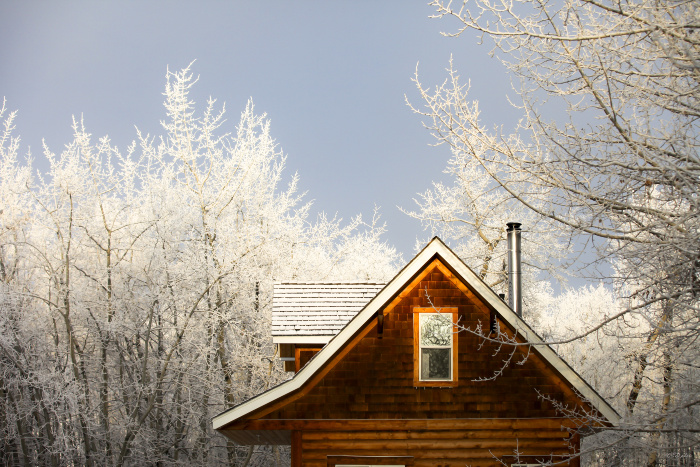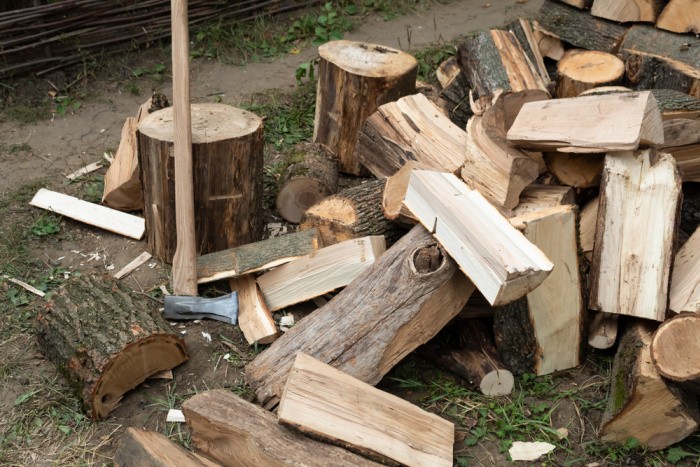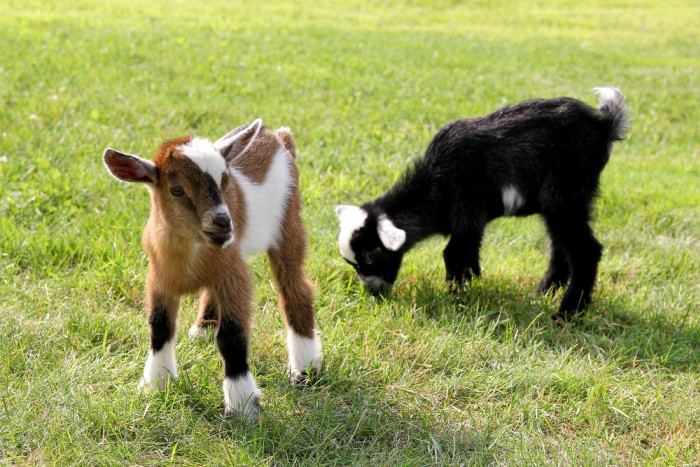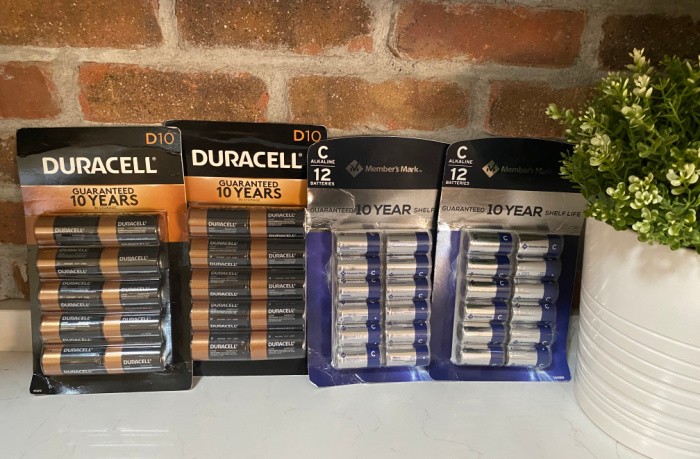Off The Grid And Where To Live
It’s all about off the grid and where to live today. When a series of unfortunate events take your situation from bad to worse, where will you turn to run and hide? Heading for the hills after a horrible event has taken place is far too late. Can you find a piece of land that will fit your needs?
Just consider the people that didn’t make it on the ark in the story of Noah and the cataclysmic flood. It was too late for them, but that doesn’t have to be your ending. Keep reading to discover off the grid and where to live is right for you!
Can You Legally Live Off the Grid?
Yes, you can. It’s not illegal to live off the land and produce your own power. I personally would love to do this.
How Much Does It Cost To Live Off The Grid?
Well, you can find land just about anywhere for $100,000 to whatever amount. It all depends on the location and the number of acres you are hoping to live on. If the land has water running through it, you may have to pay more for that piece. Keep in mind, streams can redirect at any time due to storms or they can dry up over time.
There are several regions in America that are ideal for bunkering down, that have the resources, the climate, and simply the right strategic location. We will show you what makes for a great place to live, and also several regions that we would recommend for you to consider as a prepper.
Off The Grid and Where To Live
Ideal Climate for Growing
An important point to consider when choosing a great location is by taking a look at the right climate. You don’t want to live in a dry location that has little water to sustain your crops, let alone you. At the same time, living in a colder area lessons the amount of time you have to grow to produce.
Stay Far Away From Highly-Populated areas
This is every prepper’s worst nightmare. People! The more people in close proximity to you, the more problems you will run into. When things turn for the worst, people acting out of desperation might attempt to relieve you of occupying your prepping site.
Stay away from coastal regions and bigger cities. Nuclear strikes are more prone to take place in urban areas too.
Natural Disasters
While choosing where to bunker down, keep in mind the natural disasters that can make your situation even worse. It might not be in your best interest to live where hurricanes, tornadoes or earthquakes are prone to happen.
Densely Shaded Place for Cover
At some point, you may need to cover overhead from U.N helicopters or whatever threat might come from the sky, and you need to have the shade that provides it.
Living in the desert or the flat plains region might not work, when you’re looking for extra cover. Forest and mountain areas provide not only shelter, but also wildlife for food.
Go Where the Resources are
Think about this one for a minute. When all the grocery stores, gas stations, and doctor’s offices have all closed up, no longer beneficial to you, where will you turn?
Prepare ahead of time, before things turn ugly and go where the resources are now. Where can you find a water source that’s fresh and places for hunting and fishing? Or trees for building a shelter and cover.
Prepper Friendly
Some states are more tolerant of preppers than others. Living in a state that has strict laws and fewer liberties is going to make things difficult for folks like us that choose to prep.
Take a look and see how tight each state’s gun laws are, and how well your 2nd amendment right is guarded.
Location, Location, Location
Take a look at some of the regions that have great resources, shelter and everything you need to survive through an apocalyptic event.
Appalachian Region
The eastern part of the states of Kentucky and Tennessee would be an ideal place to live as a prepper. The Appalachian mountain region not only provides the wildlife and the freshwater that is needed to sustain you, but it’s also a fertile region that produces plentiful crops.
The weather is pretty manageable, warm in the summer and mild in the winter. It’s also far enough away from the coastal cities, with the mountains blocking off most of your “unwanted guests.”
Cascade Mountains
The Cascade Mountains are located in Oregon, Washington, and California. It’s a rugged mountain region that has many fisheries with fresh water, and hills filled with wildlife.
Some preppers have a problem with this region because of the coastal populations that are not far from there. On the western side of the mountains you’ll experience mild winters with heavy rainfall.
The eastern side of the mountain range has very cold snowy winters you will have to battle.
Idaho’s Panhandle Region
One of the safest areas you could consider is up in Idaho’s Panhandle region, or also on the western side of Montana.
The area is not only beautiful, but it’s also a mountainous region that has lakes and rivers, creating the perfect ecosystem for wildlife to flourish. A hunter’s survival playground. The soil there is rich, good for planting multiple crops.
This is also a safe place to consider because gun rights are heavily protected in this part of the country. Be aware that this region’s climate has its extremes between the summer and winter months, and so the weather should be considered.
Alaska
People have been living simpler lives in Alaska for a few hundred years now. Alaska has all the resources out in the wilderness at your fingertips.
When a collapse does happen, food and supplies will be cut off a great deal from traveling up this far north. But if you’re a prepper, you don’t want to rely on anyone else for assistance anyway.
The Dakotas
In North Dakota and South Dakota you have the luxuries of being far-removed from the coastlines and away from heavily populated areas. In fact, there’s hardly anyone that lives up there, based on people per square mile.
The land also can be used to your advantage for producing fruits and vegetables. You’re further away from where nuclear disasters are possible, but at the same time, closer to tornadoes.
Great North Woods Region and Western Maine
The northern parts of New Hampshire and western Maine would be a good option if you live more along the east coast. While the densely populated parts of these states might alarm you, the further up north you go, there’s less danger. There are also tons of resources for you to tap into up there.
The mountains and hillsides are covered in trees for shelter, wildlife, and fresh running water. If you do choose to bunker down here, be aware that there can be significant amounts of snow dumped in this region on short notice during the winter.
Texas
Most of you have heard of Texas as being a great place to live off the grid. Some people choose to live in Texas for off-grid living because the land is so inexpensive. Keep in mind that it’s not legal to live off grid everywhere. In fact, there are zoning laws in Texas, so keep this in mind as you do your research to choose your next place to live.
Final Word
When it comes to off the grid and where to live, it’s all about what you prefer. Where would you consider to be a great spot in the United States to bunker down when SHTF? If you’ve already begun prepping, is your prepping spot in a good location? Thanks for being prepared for the unexpected. May God bless this world, Linda
Copyright Images: AdobeStock_132459619_by Christine























I travelled a lot with the green machine and saw SHTF and there is no golden valley. Folks survive everywhere if they are resourceful enough and lucky. Less people equals less trouble but you need enough to pull 24 guard and still accomplish the work.
Hi Matt, you know I love your comments!! You are so right, fewer people equals less trouble. I love the 24 guard statement!! Thank you, Linda
We need to remember not to casually broadcast that we are prepping to everyone around us. Unfortunately, stashes can be commandeered by authorities in event of emergency. People who run out of supplies may remember what we’ve mentioned in passing and come to take from us what they need — whether or not we can spare it. Harsh times make for harsh realities. We may all have to make decisions we pray no one should ever have to make. That is a frank discussion we all need to have with our partners and families before the unthinkable occurs.
Hi Terry, you will never see me ask people how much stuff they have or divulge how much I have. I’m an author of “Prepare Your Family For Survival” so people know I’m a prepper. My goal is to teach the world to be prepared for whatever comes their way. I totally agree with you that harsh times are coming. There is no doubt in my mind. Stay safe, Linda
You forgot the Rockies, where I live. Yes, the winters can be harsh, there’s not much of a growing season due to altitude and cooler summer months, but if one can and does build a greenhouse, food can be grown year round. Plus there is abundant wildlife for food. I’ve actually found several places that would be great for off grid living. Unfortunately, it’s all on Federal land. I’m still looking because I really would love to live off grid, even at my age, lol.
Hi Pam, thank you for your awesome comment. I live in the Rockies! I tried to write about as many areas as I could. I totally agree with you about having a greenhouse and abundant wildlife. I’m going to be 70 in January and I want to live off the grid as well! LOL! I love your comment, Linda
Hey, I’m just 3 years older than you, lol. I live in a 5th wheel RV full time, or as I call it “a tin can”. I re-skirted it this summer with a ridged insulation and after the two fronts we’ve already had, I’m seeing the fruits of my labor paying off. On my wish list is to find about 5 or so acres of wooded forest with running water, possibly at a higher altitude than I’m presently at. I grew up in these woods, so I’m pretty familiar to the area I’d like to be in. My father was a hunter so I ate a lot of wild game growing up. My problem is, if I see the eyes of the animal, I can’t kill it. Too soft hearted, so guess I’ll either starve or eat a whole lot of veggies, lol. My father taught me well on skills most do not have, which I am very thankful for in my “old age”, but I’m sure there were many more I could have learned from him. Great “talking” with you. Love your newsletters. They are so full of things that every person should learn and know. Keep up the Great work!
Hi Pam, you are so nice, thank you from the bottom of my heart! Oh my gosh, you live in a 5th wheel, I love it!! I think 5 acres would be perfect! It’s so funny you said I can’t kill it if I see the eyes of the animal!! I’m the same way. I guess we will both be vegetarians! Happy living the life girl! Linda
People are a darn nuisance all right but a loose collection of like minded people can give each other support when needed. Better to have a few good neighbours you can rely on than to be totally off on your own.
Hi Alice, you are so right!! I would rather have a few good neighbors than have a bunch of loose canons so to speak. Linda
I thought you lived in Utah. Do part of the Rockies fall there? LOL
I am 73 and still hankering to be self sufficient. We are considering moving to the St. George area next fall. I can’t wait to be able to start prepping more. I have about a month’s supply at any time right now but not enough water. Working on that.
Hi Lisa, yes I live in Southern Utah (Washington, UT). There are a number of mountain ranges in Utah that are all part of the Rocky Mountains. The Rocky Mountains run from Northern Utah all the way down to the bottom of the state. Some of the mountains are Wasatch Mountains, Oquirrh Mountains, Uintas Mountains, the Henry Mountains to name a few. Linda
Linda, love your article and comments too. I’m Central MN and while we have cold weather, it’s never stopped me from raising enough food for family. Nor from grains: there’s both winter and spring wheat harvests. We also have plentiful wild rice. Um, and it seems we grow good grapes for wine, lol. Frankly, we only have One Big Population center, tho we have many good sized towns interspersed thru out state. Reading your article today made me laugh as I had to shut down my furnace/water heater yesterday when I saw I only had 5% (eek!) propane in my tank…I was lazy so didn’t want to fire up my 2 wood burners, let alone boil water for washing dishes! My place is set up for No power grid (as in hand pump water well, wood heat, 2 oil lamps per room) but crap, I’d hate to go back to my childhood amenities, including an outdoor toilet and a Saturday night bath in the kitchen tub, water heated on the woodstove. Maybe the ways of being off-grid are easier now but I can guarantee they are hard, maybe harder if batteries for off grid fail. Doing the self-sufficient thing would be harder yet as too many vintage helps have been lost.
Hi Wendy, it sounds like you are one prepared woman! I love hearing this, but I’m sure you know that about me! The propane story, it really is crazy how we depend on the power of all kinds. The outhouse would be hard and the Saturday night bath!! Oh my gosh, it may go back to that!! Time will tell. Great comment, Linda
Dear Linda,
A few thoughts:
From about 20 miles south of Roseburg Oregon to 20 miles north of Medford and inland for 200 miles (Cascades) should be safe. From 20 miles south of Medford to a 150 miles into Northern California to 700 miles inland through northern Nevada should be safe. Water will be the biggest concern as you get into Nevada. 2 other safe places would be Maine and the far northeastern tip of Minnesota, but the term “Colder than a well diggers ass” comes to mind. In most of these areas, you would almost ave to be retired or wealthy, no jobs. This info comes from an Army report. Hope this helps.
Hi Robert, thank you so much for sharing this information!! Now I want to go check some of these out. Love it! Linda